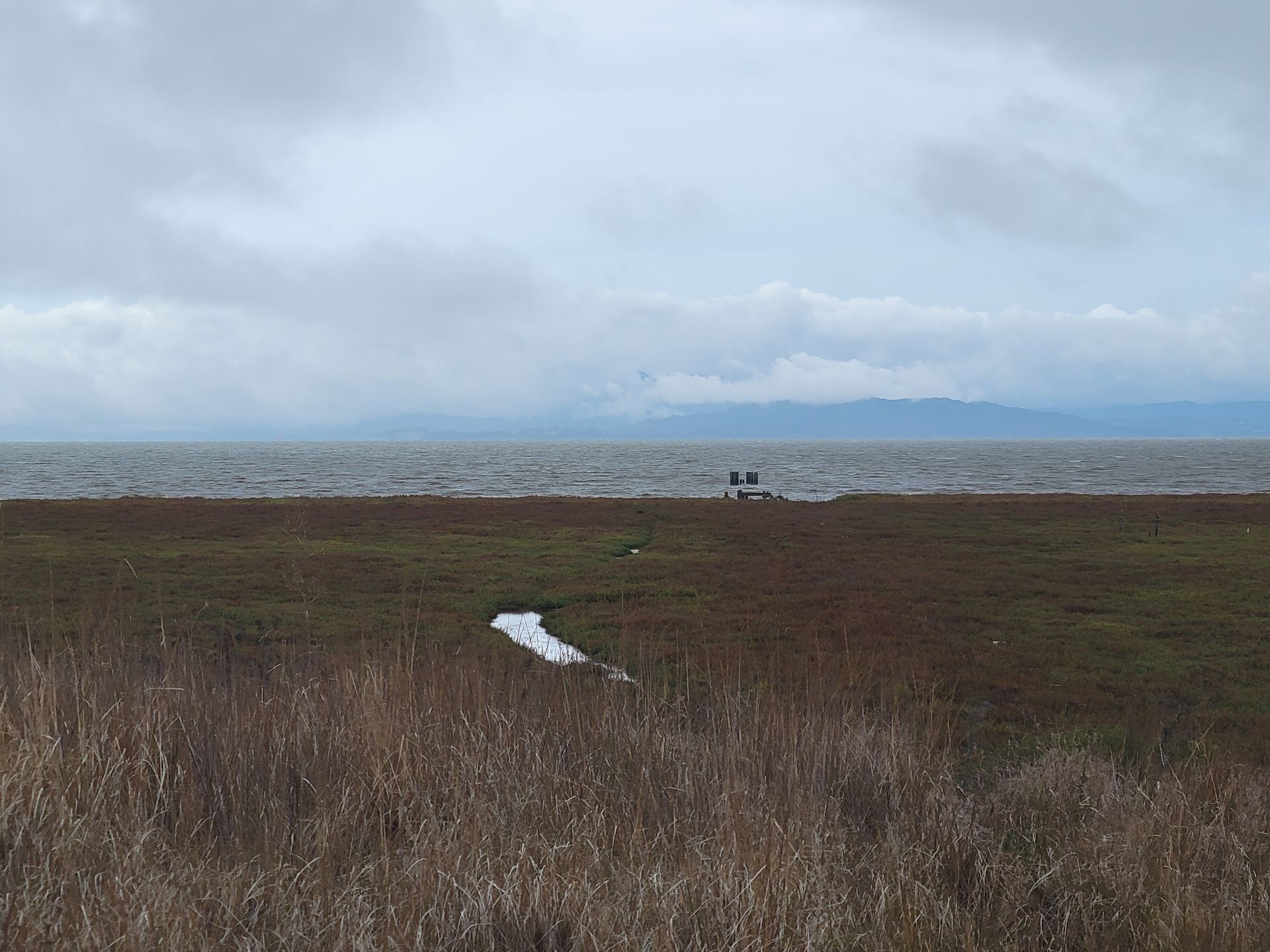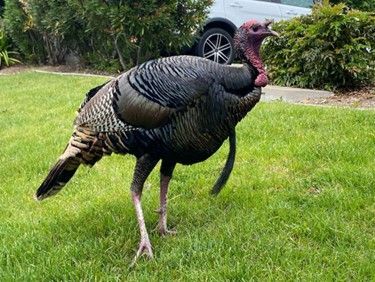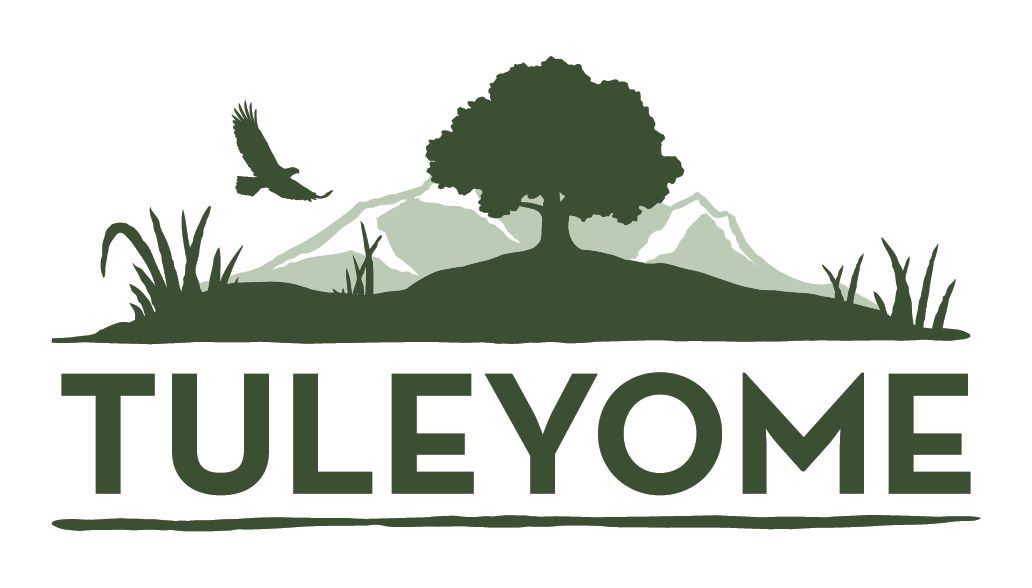Enjoying Outside, Inside - Hydroponic Gardens
 Photo by HGTV.com
Photo by HGTV.com
If you would like to grow your own salad bowl but don’t have space or want to deal with soil, an indoor hydroponic garden system might be exactly what you’re looking for. Hydroponic gardens are grown in water without soil. Plants are suspended over a tank of water while their roots hang down into the water and absorb nutrients. Plants grown hydroponically grow faster and often yield a larger bounty of in and off season produce than those grown in a typical outdoor garden. They use much less water and space and it doesn’t matter what the weather or outdoor temperature is. Another benefit is that you can have weed and pest-free produce without using insecticides or pesticides. To grow hydroponically you’ll need a largish container with a lid, suitable plants, water, nutrients and a light source.
Although you can purchase a premade hydroponic gardening system, making your own isn’t complicated or expensive. The easiest style to make is call a “deep water culture” and uses either a five-gallon bucket or a plastic storage tub to hold the water and nutrients, just do ensure that the container is food safe. You should choose a container that is roughly the size that the mature plant’s canopy will be. If you’re growing several leafy plants, a larger container will be needed. You’ll need a support or shelf to hold the plants in their pots above the water. If you’re using a bucket or storage container, just drill holes in the lid so the pots can dangle through the lid. The hole should be large enough for most of the pot to fit through but not fall completely through the hole.
As far as pots go, net pot, pots with slits along the sides of them work well and allow space for the roots to expand and reach the water below. There are several substrate options for inside the pots including rockwool, coconut coir, perlite, pumace and gravel. Some of them can be reused while some of them are more or less expensive.
If you’re growing inside the house, you’ll likely need an artificial light source and this might be the most complicated part of hydroponic gardening. LED and fluorescent lights are the easiest to set up. LED lights are very long lasting and energy efficient but they are more expensive. Fluorescent lights are cheaper but they have a shorter life and some of them do not emit the full spectrum. Some fluorescent bulbs emit mainly blue light which works if you’re only growing leafy greens. The red end of the spectrum helps plants to develop sturdier stems to support flowers and fruit. If your garden is easily to relocate, you can put it outside in the summer but that doesn’t really count as enjoying outside, inside!
The roots will need to have access to the air. If you’re using a smaller set up like the bucket or storage tub, make sure that a portion of the pot is above the water level to allow the roots to access to air. Once the roots have developed, only allow about 1/3 to 1/2 half of the root length to be submerged by lowering the water level of the container. If you’re growing several types of plants with different root lengths, an aquarium air stone connected to a pump will push oxygen into the water. If you have a very large set up with multiple containers, you may need to consider a system using tubing which circulates and aerates the water as it passes from the containers to a reservoir.
You’ll also need to check the condition of your water, specifically looking at the acidity (PH) and the alkalinity. The ideal PH range is 5.4 to 7 and anything higher or lower than this range will affect how the plants utilize the nutrients from the water. You can test the PH of the water with testing paper and then add the appropriate fertilizer to balance it out. Keep in mind that ammonium or urea-based fertilizer will make the water more acid (lower PH) and nitrate-based fertilizers make it more basic (higher PH). The water should be tested every few weeks. Alkalinity is the presence of bicarbonate in the water; hard water is usually more alkaline. Nitrate-based fertilizers will increase this. Using acid-based fertilizers that will lower the PH will help reduce the alkalinity of the water. You can also add citric, phosphoric, or sulfuric acid or vinegar to the water to help lower the PH. You can also use bottled reverse osmosis filtered water if your tap water is alkaline.
Plants require nutrients to develop and only carbon, hydrogen and oxygen are present in a hydroponic system. Large amounts of nitrogen, phosphorus and potassium are needed as well as smaller amounts of calcium, magnesium, sulfur, manganese, iron, molybdenum, copper, zinc, boron, chlorine and nickel must also be added. There are lots of premixed liquid and dry fertilizers tailored to different vegetables to choose from with label directions for precise measuring. If you add or completely change the water, be sure to test it for PH and alkalinity and then add the appropriate amount of fertilizer for the amount of fresh water added or replaced.
Some plants that are great for novice hydroponic gardeners include leafy greens like lettuce, spinach, swiss chard, kale, chives, basil and mustards and if you have space, you can grow lots of different fruits such as strawberries, cucumbers, peppers, tomatoes and many more. Because these plants (and many others) are self-pollinating, they can produce fruit while being grown indoors without the presence of pollinators. In fact, some commercial growers are producing these fruits hydroponically for market. And, if you’re really invested and want to branch out into a bigger and more complex system, you can grow root vegetables like carrots and beets as well as broccoli and cauliflower.
-Kristie Ehrhardt ( kehrhardt@tuleyome.org )
Tuleyome Land Conservation Program Manager
Looking for more articles like this? Click the hashtag below!
RECENT ARTICLES






